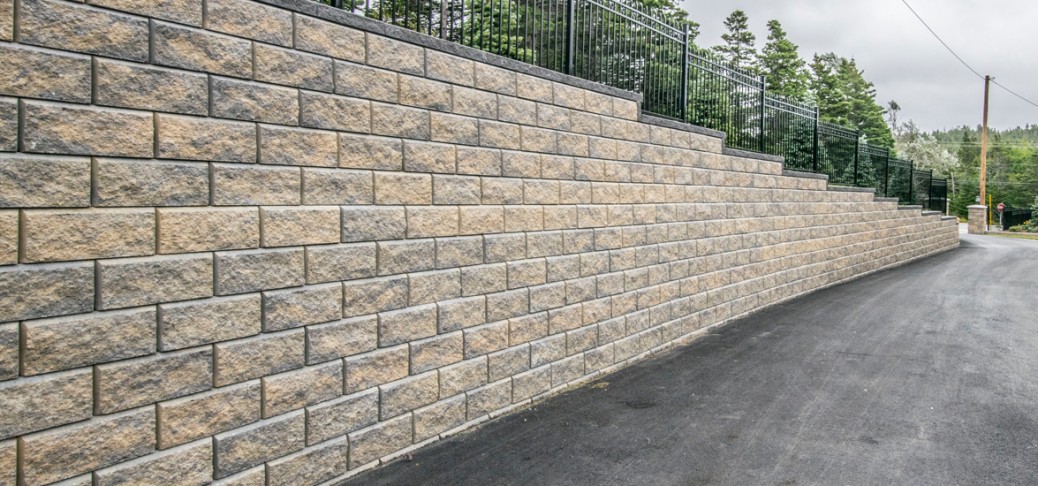Knowledge, Information and Experience
Walls with different structures and ideas:
1. The great Wall of China: The Great Wall of China, one of the greatest wonders of the world, was listed as a World Heritage by UNESCO in 1987.
2. Berlin Wall: The Berlin Wall was a guarded concrete barrier that physically and ideologically divided Berlin from 1961 to 1989.
3. Peace line: The stated purpose of the peace lines is to minimise inter-communal violence between Catholics.
4. Hadrian’s wall: Hadrian’s Wall is one of Britain’s major ancient tourist attractions. It was designated as a UNESCO World Heritage Site in 1987.
5. Great Wall of Gorgan: The wall is located at a geographic narrowing between the Caspian Sea and the mountains of northeastern Iran.
Etymology:
Wall comes from Latin vallum meaning “…an earthen wall or rampart set with palisades, a row or line of stakes, a wall, a rampart, fortification…” while the Latin word murus means a defensive stone wall. English uses the same word to mean an external wall and the internal sides of a room, but this is not universal. Many languages distinguish between the two. In German, some of this distinction can be seen between Wand and Mauer, in Spanish between pared and muro.
Building wall:
The purposes of the walls in buildings are to support roofs, floors and ceilings; to enclose a space as part of the building envelope along with a roof to give buildings form; and to provide shelter and security.
Shipbuilding:
On a ship, a wall that separates major compartments is called a bulkhead. A thinner wall between cabins is called a partition.
Boundary wall:
Boundary walls include privacy walls, boundary-marking walls on property, and town walls. These intergrade into fences.
Border wall:
Some walls formally mark the border between one population and another. A border wall is constructed to limit the movement of people across a certain line or border. These structures vary in placement with regard to international borders and topography. The most famous example of border barrier in history is probably the Great Wall of China, a series of walls that separated the Empire of China from nomadic powers to the north. The most prominent recent example is the Berlin Wall, which surrounded the enclave of West Berlin and separated it from East Germany for most of the Cold War era.
Fictional and symbolic walls
The progressive/psychedelic rock band Pink Floyd used a metaphorical wall to represent the isolation felt by the protagonist of their 1979 concept album The Wall.
The American poet laureate Robert Frost describes a pointless rock wall as a metaphor for the myopia of the culture-bound in his poem “Mending Wall”, published in 1914.
In some cases, a wall may refer to an individual’s debilitating mental or physical condition, seen as an impassable barrier.
Tags: Realize Your Fear










